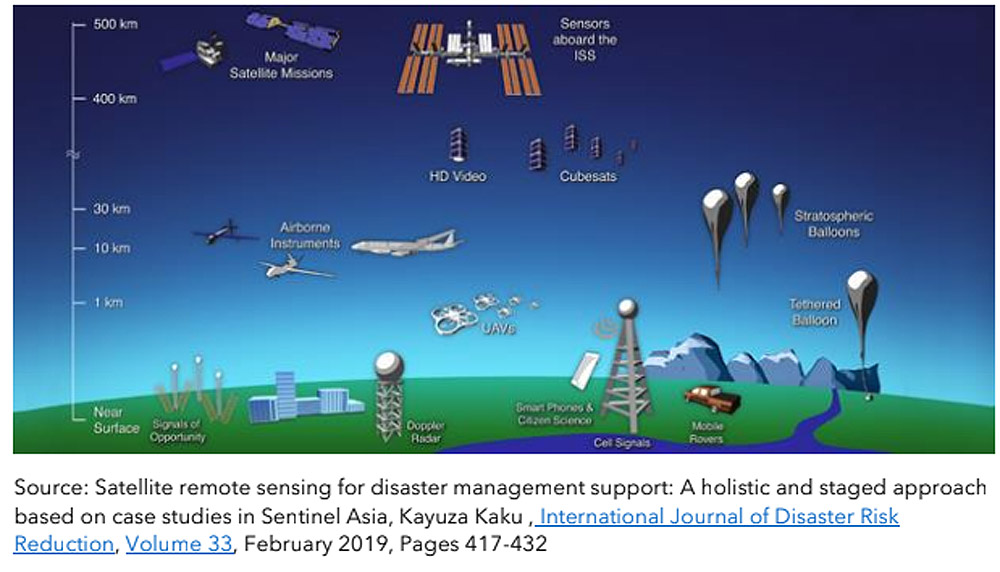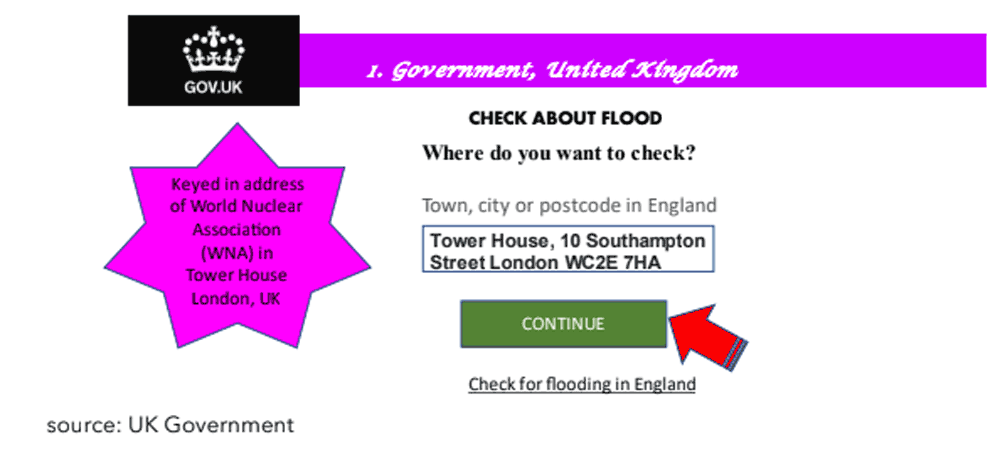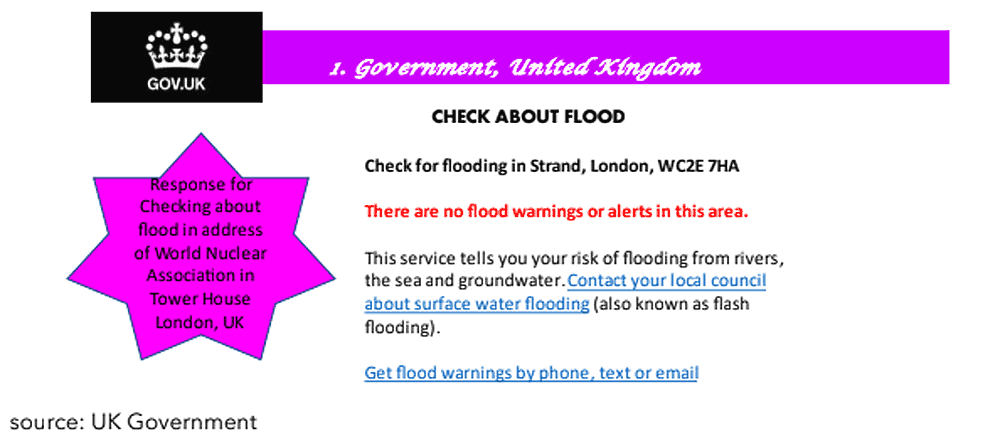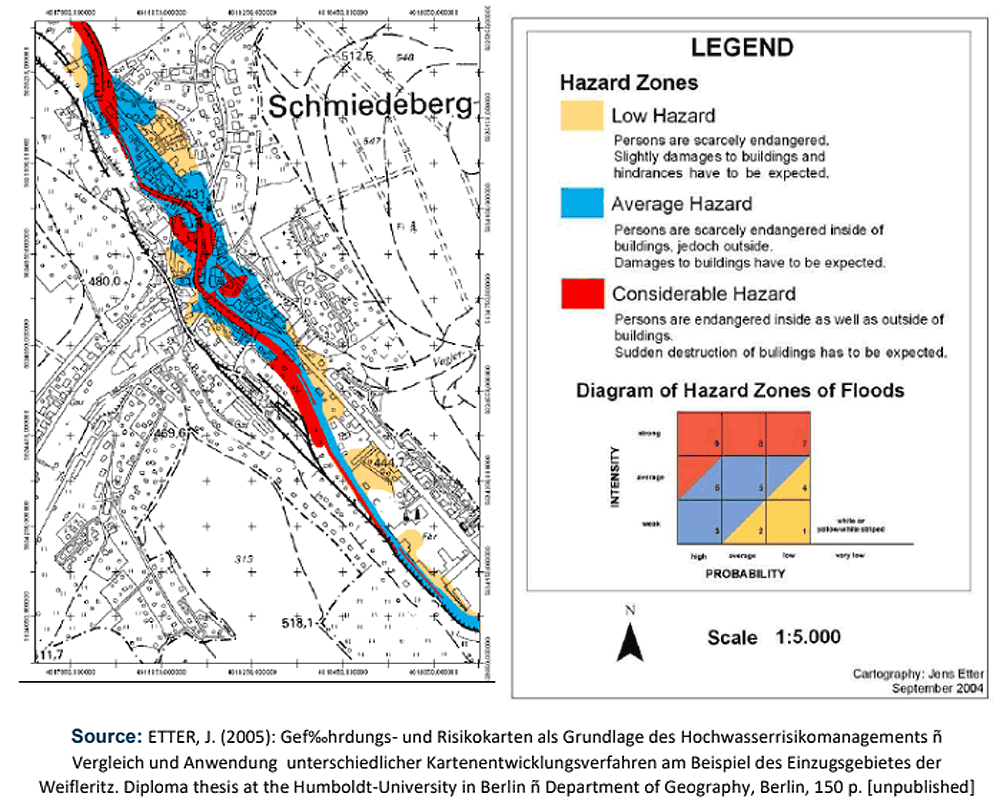COMMENT | Recognising the urgent need for the nation to prepare effectively for the flood hazard forecasted by MetMalaysia that will impact the country till March 2023, Prime Minister Anwar Ibrahim entrusted his deputy Ahmad Zahid Hamidi to oversee the disaster management in the country.
An urgent and immediate task was outlined by Anwar for Disaster Management Committee, steered by Zahid, to come out with immediate measures to monitor the situation and make preparations (for floods).
I would like to offer the following recommendations:
Restructure the Disaster Management Committee to Disaster Risk Reduction (DRR) Committee
Mami Mizutori, special representative of the secretary-general for Disaster Risk Reduction United Nations Office for Disaster Risk Reduction (UNDRR) had articulated that “Over the last twenty years thinking about how to reduce disaster losses has greatly expanded beyond a simple focus on disaster management to consideration of all the other elements that contribute to increasing the risk of loss of life, injury, damage to critical infrastructure and economic losses when disaster strikes.”
Thus in tandem with global developments where reducing disaster losses has expanded beyond a simple focus on disaster management to DRR, Malaysia should restructure its present committee.
Introduce scenario planning in planning for the flood hazard
It is imperative for Malaysia to develop strategies for effective disaster risk reduction.
In addition to responding to flood hazards, it is critical for the DRR
committee to develop three possible scenarios:
One; is the most drastic and unexpected impact of the flood, including loss of critical infrastructures such as airports/transportation services, and communication services amongst others and then outline possible preparations and responses
A not-so-drastic but slightly unexpected scenario, with the floods impacting slightly differently from previous incidents and then outline the preparation necessary to address this
Ordinary flood impacts such as those experienced before and plan accordingly the preparations required with improvements greatly needed
Embrace and invest in technologies to effectively support DRR
During the recent 3 rd Global Drones Conference 2022 held in conjunction with the iNNOVATE Tech Show at Matrade Exhibition Centre, discussions were held to share views and insights on Fusion of Earth Observation (EO), Artificial Intelligence (AI) and Drones for Better Global Disaster Management.

I spotlighted some of the technologies key for disaster management including EO and Drones.

Remote sensing technologies for mitigating disasters-spotlighting on EO and drones
Situational awareness on the ground is crucial for effective disaster management and several remote sensing technologies including Earth Observation (EO) satellites and drones are among key technologies providing important information to key decision makers on the ground.
The availability of satellites allows the monitoring of hazards including floods on a wider scale whilst drones are beneficial for monitoring relatively smaller areas.

Malaysia to create flood hazard maps accessible to the public
It is recognised that for a successful DM programme, risks and vulnerabilities must first be identified via data collection and mapping, only then mitigation and preparedness plans are developed from this critical initial information.
Globally international agencies and bodies, supported by work undertaken by scientists, researchers and other professionals have recognised that the most effective way of reducing hazard risk to lives, livehood, properties, infrastructure and economy is through the production of hazard maps and hazard risk maps.
In the case of flood, flood hazard assessment and mapping illustrated by flood hazard maps are used to identify areas at risk of flooding to help enhance disaster mitigation and preparedness.
According to the OECD’s provision of hazard maps- Selected Global Good Practices and an inventory of online Hazard Information in South East Asia by Owen Gough, August 2008, as a draft for circulation at the 2nd Conference of the International Network in Bangkok, Thailand, Sept 24-25 2009, an ideal hazard map should include the following: height of inundation, velocity (speed and direction of) water, the likelihood of debris, risk of secondary hazard including landslide, mudslide.
Hazards need to be assessed in terms of their probability of occurrence and severity (intensity). For example, floods are often defined according to their likelihood of occurring in any given year.
The most commonly used definition in planning is the “1 in 100-year flood”; or 1:100-year flood. This refers to a flood level or peak that has a one in a hundred, or one percent, chance of being equalled or exceeded in any year. Others include 1:20, 1:30,1:50 , 1:200 and 1:300 year flood which corresponds to a five percent, three percent, two percent, 0.5 percent and 0.3 percent risk of flooding in any one year.
I shared specific examples of international best practices by the United Kingdom, Switzerland and Japan using earth observation satellites and other technologies to develop critical flood hazard maps which were accessible to the public via a website with public keying in the address, location or postcode.
In Japan’s case evacuation routes and evacuation centres were also identified in the hazard map to guide the public at risk to take suitable routes to reach evacuation centres safely.
Some of the above also include advisories to the public on what to do and what not to do before, during and after the flood hazard.
Environmental agency- United Kingdom
In the United Kingdom, its Environmental Agency offers opportunities for its citizens and those living, working and holidaying in the UK to check flood risk in their area by keying their address including postcode.
A response will appear to indicate the situation of the location.


National Emergency Operations Centre (NEOC)- Switzerland
Central Switzerland was impacted by severe flooding in 2005 and its NEOC invoked the International Charter on Space and Major Disasters requesting support for remote sensing data for disaster management.
They also speeded up the process of completing hazard maps for the country which define areas of flooding, and rockslides and the Federal Office for Water and Geology promised to upgrade its Early Warning System. The Swiss Federal Office for the Environment (FOEN) develops hazard maps.

MLIT and the prefecture government, Japan
In Japan, the Ministry of Land, Infrastructure, Transport and Tourism (MLIT) and the Prefecture Government ( which are responsible for managing rivers) identify flood hazard areas along rivers designated for flood forecasting and river water reporting activities.
Municipalities that contain areas where flooding from rivers is expected to occur are creating flood hazard maps that include information such as flood hazard areas, probable water depth, evacuation sites, and flood forecast communications methods.

In striving to distribute these hazard maps to as many as possible, the municipalities undertake the following; displaying them in government offices, civic halls and hospitals, distributing them to individual homes, publishing them in newsletters and websites, using them as teaching materials in elementary and junior high schools, and holding a community meeting about them.
Malaysia
On March 10, 2022, nearly three months after Malaysia’s worse flood in December 2021, the news reported that the then environment and water minister Tuan Ibrahim Tuan Man had informed that flood disaster risk assessment will be carried out through flood hazard and flood risk maps under the Department of Irrigation and Drainage (DID) covering 36 major river basins nationwide and this is expected to be completed by 2024, with flood hazard maps for six river basins and 1 flood risk map in Sg Bernam in Klang valley already developed
News on Oct 2, 2022 reported that then science, technology and innovation minister Dr Adham Baba had announced that the ministry will use remote sensing technology developed by the Malaysian Space Agency (MYSA), including satellites for data observation through radar and optical methods in locations with frequent floods based on 10 years of experience to identify flood-prone areas so as to make early preparations.
The then minister explained that with rain measurements and the MetMalaysia, the ministry can warn the government of flood hotspots when the monsoon sets in so that preparations can be made in advance.
The remote sensing technology had been presented to then-prime minister Ismail Sabri Yaakob.
Malaysia from OECD’s point of view ( in 2009)
The OECD’s provision of hazard maps in September 2009 highlighted that DID is responsible for flood planning and that the responsibility is divided into River Basin Management Unit (RBMU) with each Unit having a Flood Hazard Map for their area based on Maximum Historical Flood data and not on any probabilistic method.
Additionally, the OCED drew attention to the fact that these hazard maps are not available online to the public.
The OECD outlined that Malaysia’s hazard map seems of a high standard but dovetailed that these hazard maps should be made available online to the public.
Recommendation No 5
It is encouraging to note that Environment and Water Ministry via DID is producing flood hazard and risk maps and that Technology and Innovation Ministry is introducing remote sensing technologies to identify flood-prone locations based on knowledge of 10 years of experience with flood and that these would be provided to all ministries and their agencies
In addition to an indication of the extent of expected risk areas illustrated in the hazard map, the government should consider combining with disaster management information such as evacuation sites, and evacuation routes such as in the case of Japan as well as a guide on what to do and not to do before, during and after a hazard as outlined by selected countries overseas
With reference to the OECD’s remarks regarding Malaysia’s efforts in developing a flood hazard map which is based on maximum historical flood data and not probabilistic methods, and that it was not available online to the public, it is strongly recommended that Malaysia must offer this flood hazard maps to the public, businesses and others living, working and holidaying in Malaysia to access this important information including whether their location is at risk, the evacuation routes and nearest shelters to guide them to make an informed decision for their safety and survival.
For the public with no access to computers or Wifi, the government could emulate Japan’s best practice of disseminating these hazard maps by distributing them at government offices, civic halls and hospitals, distributing to individual homes, publishing in newsletters and websites, using them as teaching materials in primary, and secondary schools as well as at institutions of higher learning, and holding a community meeting about them and share them with media for publication to reach readers nationwide.
In summary, hazard maps are particularly important to enable the public to find out whether their homes, offices, buildings, areas, or locations they are staying, travelling to or passing through are at risk of flooding.

Establish collaboration with international partners in DRR
In view that disaster impacts are extensive and destructive and that not one nation is able to reduce risks and manage entirely on its own, it is imperative for Malaysia via the Disaster Management Committee (Disaster Risk Reduction Committee) to establish collaboration with international partners including the US, UK, Europe, Japan, China and Asean, amongst others, to enhance the nation’s skills, competency and experience in disaster risk management.
A case in point, following the government of Japan’s kind support to assist Malaysia in Disaster Risk Management in the wake of the nation’s flood in December 2021, as shared by Japan’s Ambassador to Malaysia, Takahashi Katsuhiko on Jan 7, 2022, who highlighted that this would be an important pillar for cooperation, the government of Malaysia should welcome this important offer and establish collaboration in this critical area in which Japan has extensive experience and expertise, in an effort to reduce the impact of disasters for the nation and rakyat as well as others living, studying, doing business and holidaying in Malaysia.
SHERIFFAH NOOR KHAMSEAH AL-IDID SYED AHMAD IDID is an Innovation and Nuclear Advocate at Alumna Imperial College, University of London, United Kingdom.
The views expressed here are those of the author/contributor and do not necessarily represent the views of Malaysiakini.

